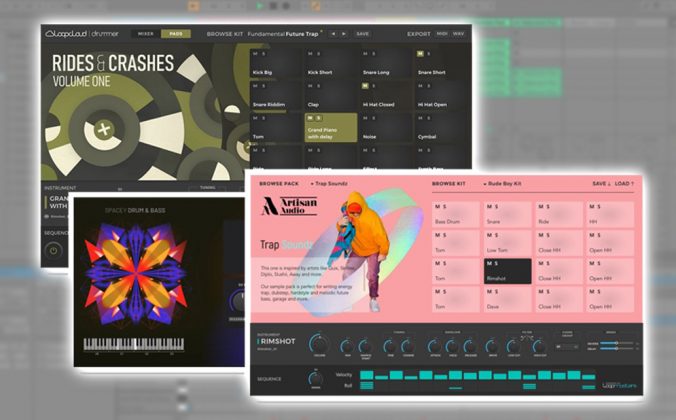

You can always shorten the loop to 1/2 bar or maybe uneven time signatures to vary the timing of the chops.Īll in all it’s a really simple, straightforward way to chop up a sample you like – no equipment needed. Once I have my first chop I duplicate the loop and find another chop by moving the start marker in the second loop. Then use the warp markers to stretch it to the right length. From then on you simply move the start marker to find a nice starting point for the chop and set 1.1.1 by right clicking. Next step is to activate the loop function and set a loop of 1 bar. In order to be able to use warp markers, you need to click Warp again though and in the popup select keep original tempo. If I’m working on a sample without drums and I’m somewhere in the ballpark in terms of tempo, I prefer to unwarp it first so I get the original tempo. By default Ableton tries to warp the imported song to the tempo of your track. Next you set the BPM of your project – for hip hop beats I like to set it between 78bpm and 85 bpm. All you need is a mouse and keyboard. I like chopping samples this way because it gives me different results and flows real nice, but it doesn’t look as nice as banging out chops on your MPC or Ableton Push 🙂įirst you pick your sample and import it into the Ableton timeline – forget about the session view this time. It’s a super simple way to chop samples in Ableton and gets you quick results. This technique doesn’t require any fancy equipment or plugins – no midi controllers, drum racks, etc. In this tutorial we want to look at a few alternative solutions of chopping samples in Ableton Live which we often use.

Some of them are fairly standard techniques by now and come built-in wiht Ableton’s Simpler as well as hardware samplers like the Akai MPC or hybrid solutions like Native Instrument Maschine. Legal issues aside, producers have come up with many techniques of chopping samples in signature ways. Chopping samples is an art form if you believe it or not.


 0 kommentar(er)
0 kommentar(er)
